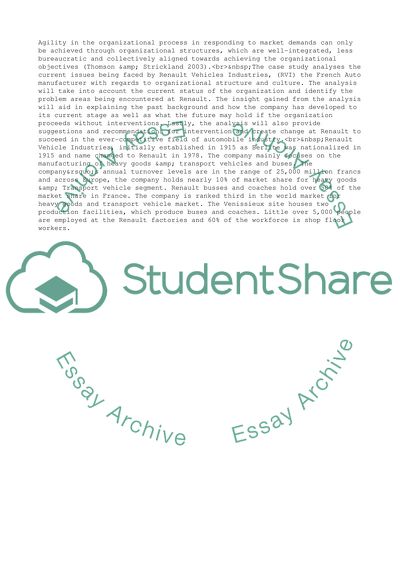Cite this document
(“Renault Vehicle Industries Essay Example | Topics and Well Written Essays - 4750 words”, n.d.)
Retrieved from https://studentshare.org/management/1537075-case-study
Retrieved from https://studentshare.org/management/1537075-case-study
(Renault Vehicle Industries Essay Example | Topics and Well Written Essays - 4750 Words)
https://studentshare.org/management/1537075-case-study.
https://studentshare.org/management/1537075-case-study.
“Renault Vehicle Industries Essay Example | Topics and Well Written Essays - 4750 Words”, n.d. https://studentshare.org/management/1537075-case-study.


